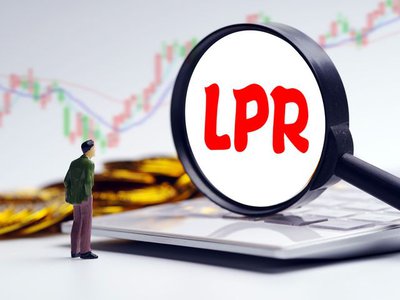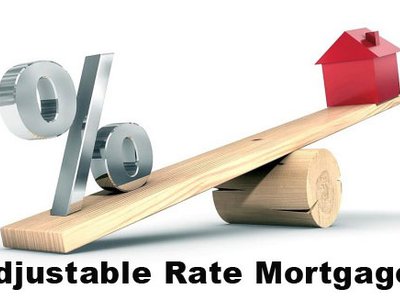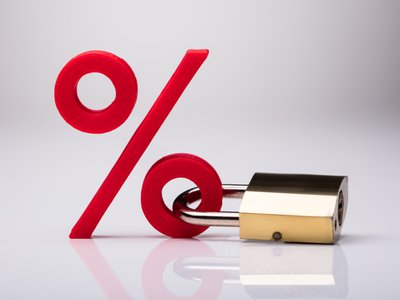Predatory loans are offered by lenders who don’t have the consumer’s best interest at heart. Instead, these loans often have unfavorable, misleading or unfair terms – and they can leave a consumer in a never-ending cycle of debt.
Why are predatory loans regarded as predatory? The costs of the loan can rise rapidly with yearly percentage rates hitting 400 percent or more. And, lenders may encourage people to roll their loans over into a new, more expensive loan, trapping them in that cycle.
Bear in mind that mainstream loans like auto loans and mortgages also have predatory terms. How can you protect yourself from these types of loans?
People of colors and low-income families are often the ones that take out predatory loans, but it’s not uncommon for people who have low credit scores and those who are elderly also are subjected to them.
The Truth in Lending Act and the Consumer Financial Protection Bureau can protect consumers from these types of loans.
With the Truth in Lending Act, lenders must lay out in clear detail the APR, the amount of payments, the total amount to be paid including fees and interests and total credit permitted before borrowers agree to the loan. The Act includes a three-day chance for borrowers to rescind the loan.
With the Consumer Financial Protection Bureau, consumers can learn about loan terms and risks. They can help them address complaints against lenders too.
How Do You Know If You Have A Predatory Loan?
There are six ways to know that you have a predatory loan:
- It’s a too good to be true offer
- You don’t know what the loan actually costs
- Nobody will answer questions you have
- The loan has inflated interest rates and fees
- The lender doesn’t look into your ability to pay back the loan
- The loan doesn’t help with your credit
Before you take out a loan, be sure you consider the fact if you need it or not, and if you have the ability to repay that loan. If you look at the repayment terms and the APR, you’ll know if you can get out of debt.






